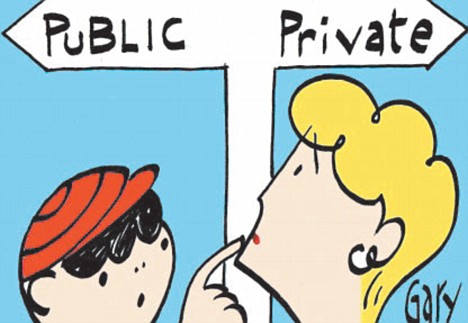There are some obvious differences between public and private schools.
But deciding what’s right for your child entails shedding light on the subtle distinctions many parents ignore.
Private versus public, it’s a debate that rages across the playgrounds and living rooms of America. In fact, according to a 2009 GreatSchools and Harris Interactive poll, nearly one in four parents are considering switching their child’s school either from private to public or public to private as a result of the economy.
How do you compare private and public schools when they seem so disparate? Is it like comparing apples and oranges — two different things that can’t be fairly held to the same standards? What’s better for your youngster?
It’s not easy to answer these questions. Many people have a bias one way or another. Some assume that private schools offer superior everything, justifying their tuition costs. Others take on that public schools provide more real-life experiences or, in some cases, more-developed specialty programs in athletics or science.
While this primer won’t dare takes sides, it will touch on the most fundamental differences between public and private schools — as well as a few subtle distinctions that might make all the difference for your child.
Bottom line, the most obvious discrepancy between public and private schools comes down to cold, hard cash. The good news for parents is that public schools cannot charge tuition. The bad news is that public schools are complicated, often underfunded operations influenced by political winds and shortfalls. Financed through federal, state, and local taxes, public schools are part of a larger school system, which functions as a part of the government and must follow the rules and regulations set by politicians.

